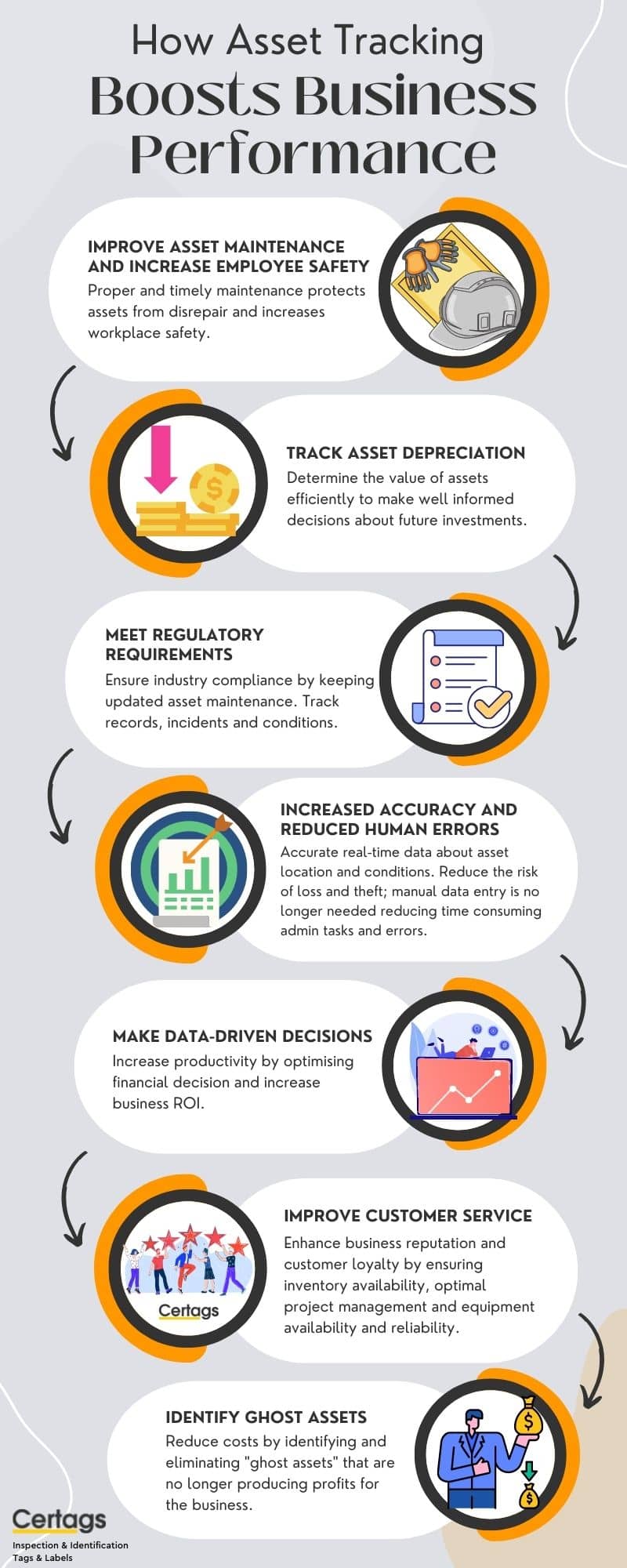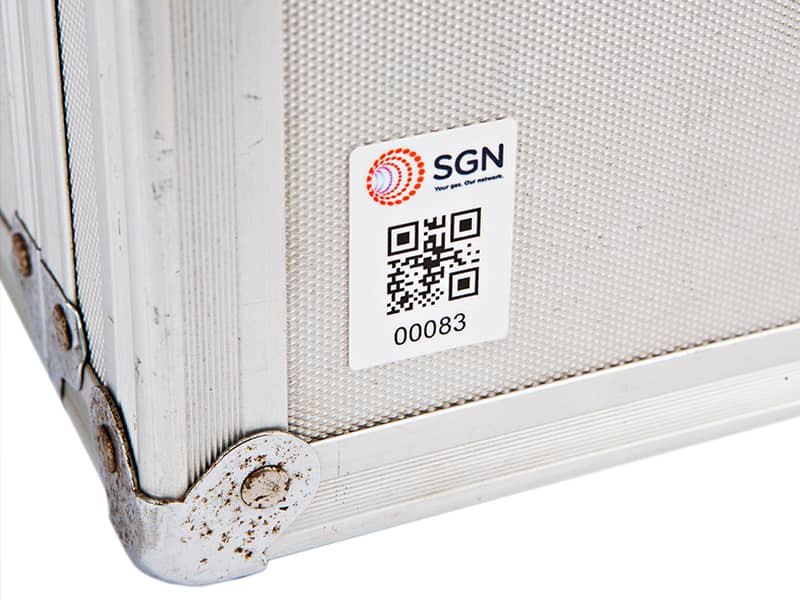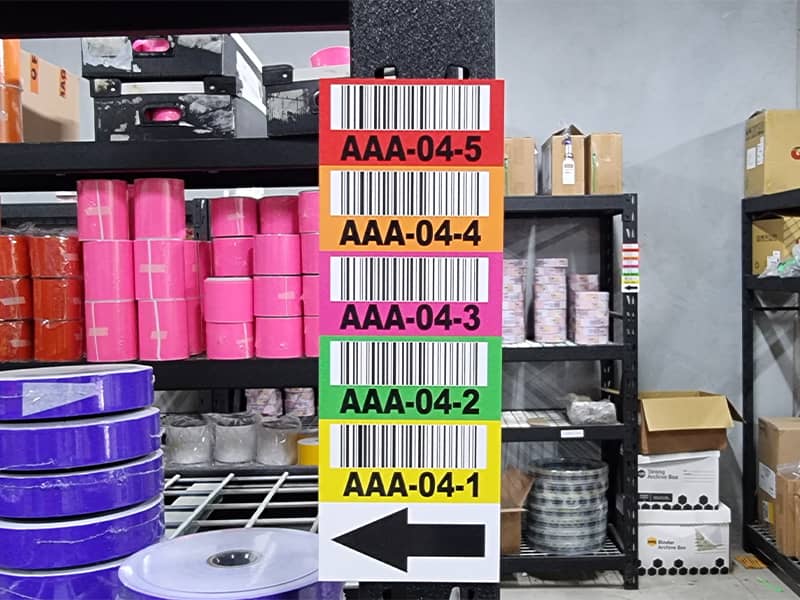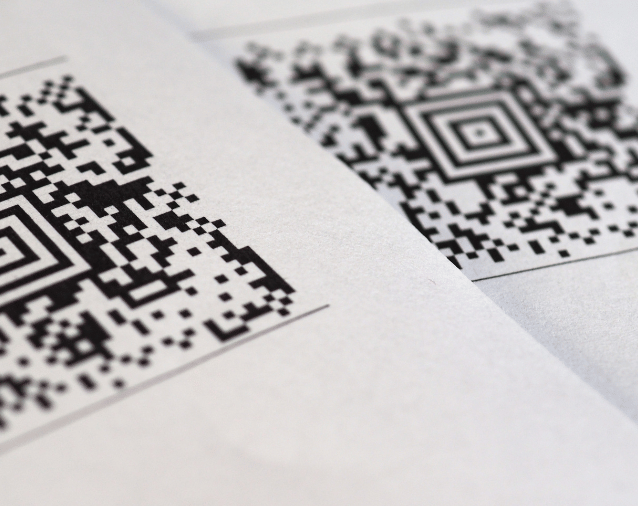How asset tracking can boost your business performance
As technology progresses and we move towards more efficient business processes, the tracking and maintenance of assets is becoming increasingly important.
Many business owners face a common issue in their company’s development and growth, which can cause lost revenue and missed opportunities.
Some major causes include:
- Not knowing which assets are producing revenue
- Lost assets
- Equipment failure due to mediocre maintenance
- Regulatory issues
Barcodes and QR Codes are still the most cost-effective way to maintain a database of assets.
What is the purpose of asset tracking?
Asset tracking is a method business organizations use to keep up-to-date information concerning their physical assets. Of all the asset types, physical assets are the hardest to manage and track. Implementing an appropriate asset management system can help keep asset conditions under control, and maximize their potehttps://www.certags.com/blog/5-important-facts-you-should-know-about-asset-identification/ntial for business growth.
Asset tags are the foundation of an effective asset tracking system, as they allow the user to assign a unique identifier to each asset. Real-time data is then transferred to the reader with information regarding the condition, location, history and other details, providing an immediate report about asset status.
An example could be a purchasing manager needing to access important information to calculate the depreciation of certain equipment.
The data collected for each asset enables companies across all industries to make smarter, data-driven decisions, such as determining whether investing in new equipment is a more efficient decision versus repairing one near the end of its life cycle.


How asset tracking can improve business performance
There are several significant reasons for a business to consider implementing an asset tracking system for the purpose of an organization’s growth:
- Improved asset maintenance = increased employee safety
For industries who utilize high volume expensive equipment, it’s important to undertake proper and timely maintenance to protect assets from disrepair, which can subsequently lead to productivity loss, reduced workplace safety and cash flow being affected. Asset tracking ensures employees can carry out their duties in a safe manner, as equipment maintenance is regularly scheduled and kept under control. - Track asset depreciation
Depreciation tracking is crucial to fixed asset management as it helps a business to determine the value of its assets efficiently. Asset tracking allows organizations to quickly access useful information in order to evaluate value loss of the asset and make well-informed financial decisions, such as a new purchase, a disposal or a new investment.For example, they can be tagged with RFID tags (internal link to product page) that are automatically scanned while passing through various stages of the process. - Meet regulatory requirements
Many industries have strict requirements regarding risky asset maintenance, therefore it is crucial to keep a track record of maintenance, incidents and conditions. Keeping track of all assets is a quick and efficient way to keep detailed information in one place and help meet legislation requirements. - Increased accuracy
Asset Tracking can help improve accuracy by providing real-time information regarding location, condition and use of the asset. Human errors are almost entirely eliminated. It also helps prevent asset loss and theft as manual data entry is no longer needed. - Make data-driven decisions
Through asset tracking data it is possible to increase productivity, for example by looking at which assets are being used the most and are bringing the highest ROI to the company. Accurate data and reporting give the opportunity to optimize financial decisions and decide what the next investment could be in terms of business growth. - Improve customer service
Asset tracking can improve inventory availability and therefore customer service. Although customers are not directly able to see if a company is tracking their assets, the effects regarding accountability, precision and trustworthiness are visible above all in B2B businesses. In this area, it is vital to have everything under control, in order to be able to take on new projects successfully, avoid delays and ensure safety and availability.For example, by tracking assets, a construction company can not only assure the customer that the equipment is safe and reliable , but is also able to give a specific date on when the project will start/finish as they know exactly which pieces of equipment they have available. This can enhance the business reputation and create a higher level of loyalty with customers.On the other hand, poor asset tracking practices can seriously damage business’s reputation. - Identify ghost assets“Ghost assets” are assets that remain in the business record but do not produce any benefit. This means costs are the same (depreciation, insurance and taxes) but as they are no longer used, they don’t give any sort of return to the company. Through asset tracking, it is possible to quickly identify and eliminate or replace them with another piece of equipment.






